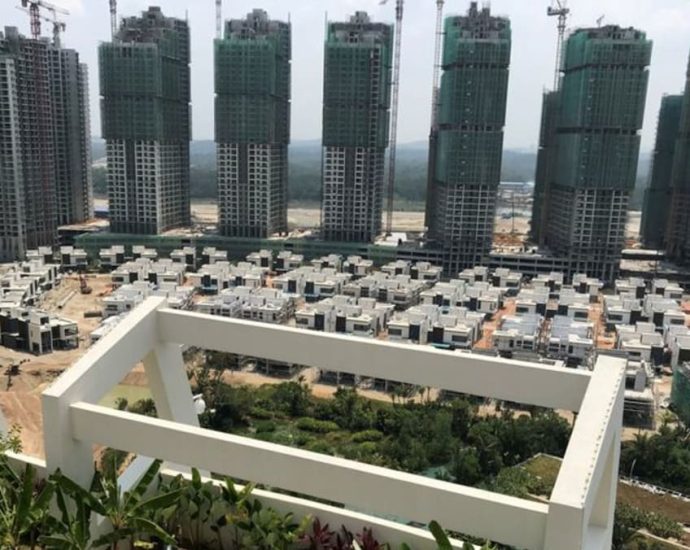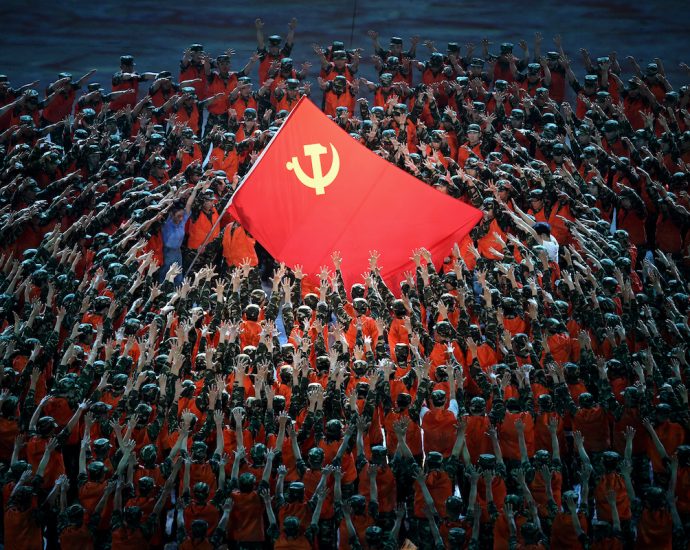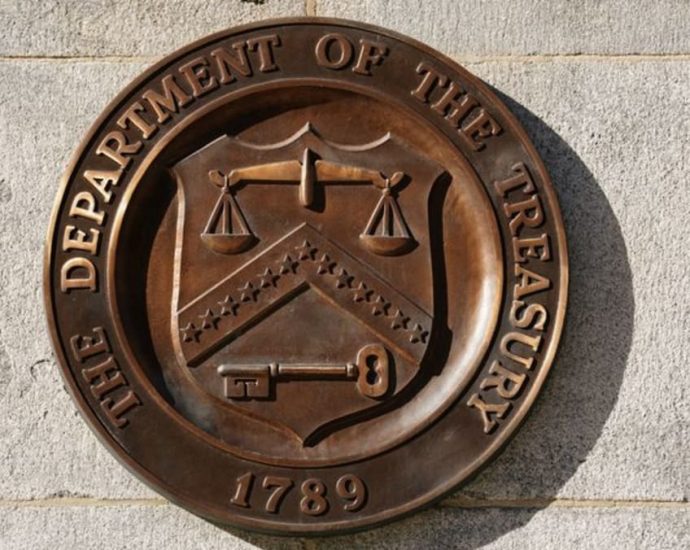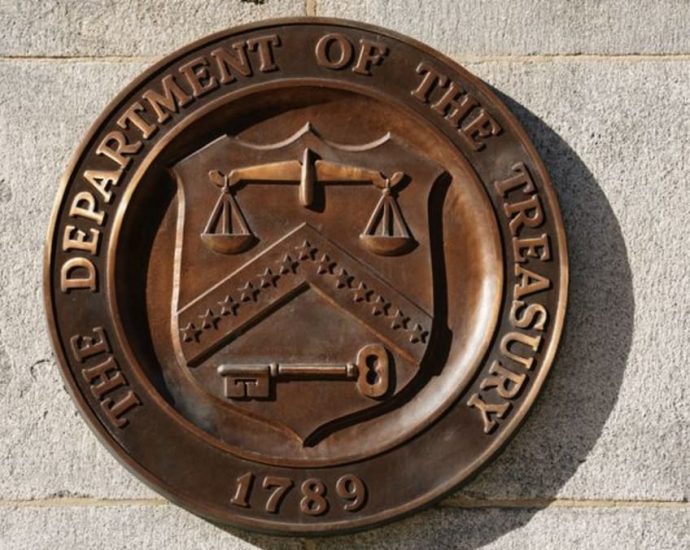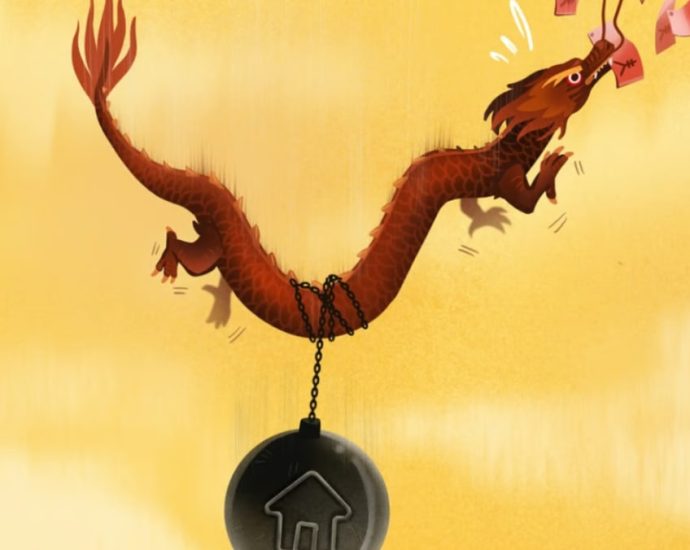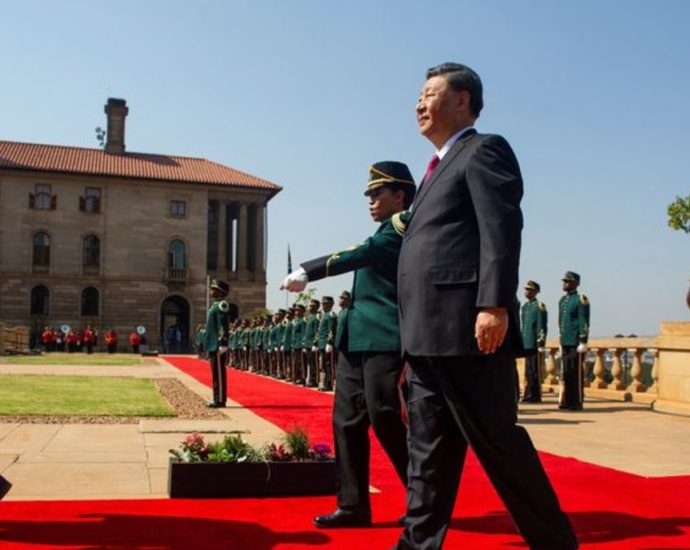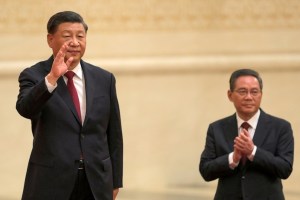Commentary: Amid S$1 billion money laundering probe, a look at how dirty money is washed through online gambling

MIXERS AND TUMBLERS
To make matters worse, the rise of “mixers” and “tumblers” – terms used to describe paid service platforms that exist to obfuscate the source of cryptocurrencies – add a layer of complexity when attempting to trace the origins of funds.
Think of “mixers” and “tumblers” as washing machines for dirty money. Put in dirty money, run a washing cycle, and out comes clean money. One prominent example of what “mixers” and “tumblers” could be is an online gambling website.
There are two common modus operandi adopted by money launderers.
First, criminals in Country A gather cryptocurrencies through online scams, extortions, and malware. For example, criminals use victims’ credit cards to buy bitcoins without going through banks’ two-factor authentication safety measure. The criminals then use the illicit cryptocurrencies to purchase credits from an online gambling platform.
Criminals in Country A play a few rounds online to create legitimate-looking gambling records, then withdraw the credits and convert them into cash in Country B. This method meets with little to no pushback from online gambling sites with weak anti-money laundering (AML) compliance and supervision.
In the second more complex method, criminals operate in close coordination. This entails criminals selecting an online gambling platform, for example online poker, that accepts multiple players.
Criminals in Country A play against their affiliates in Country B and lose deliberately. Country B affiliates then withdraw the winnings and convert them into cash. To succeed, criminals must avoid detection by both the online platform’s AML and anti-fraud systems, as well as other non-affiliated players in the game.


